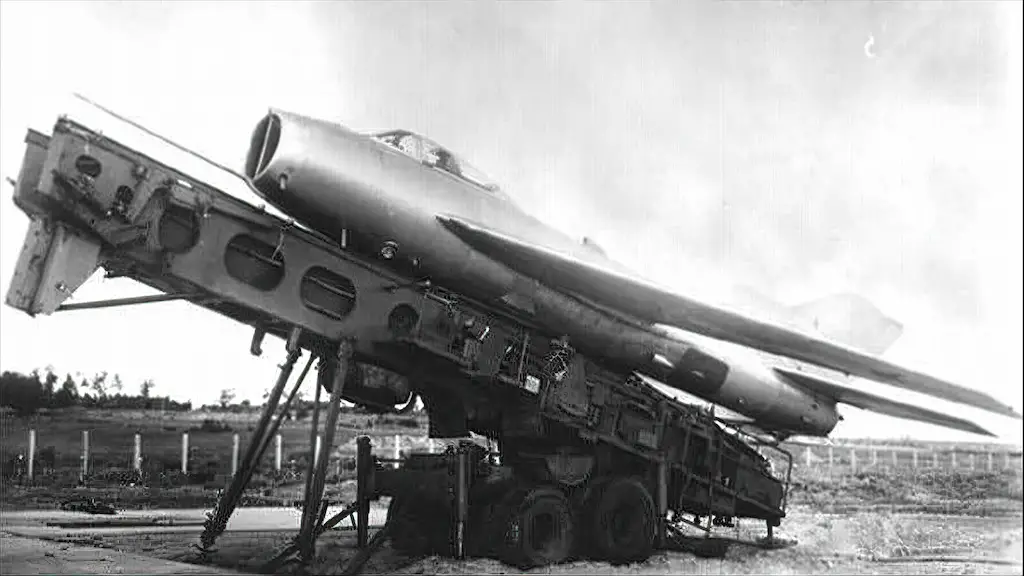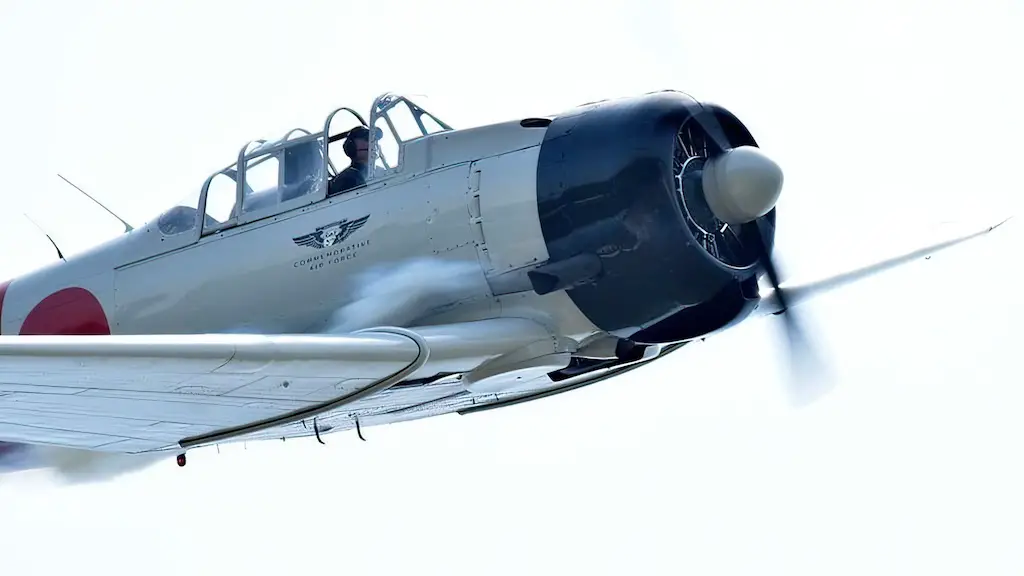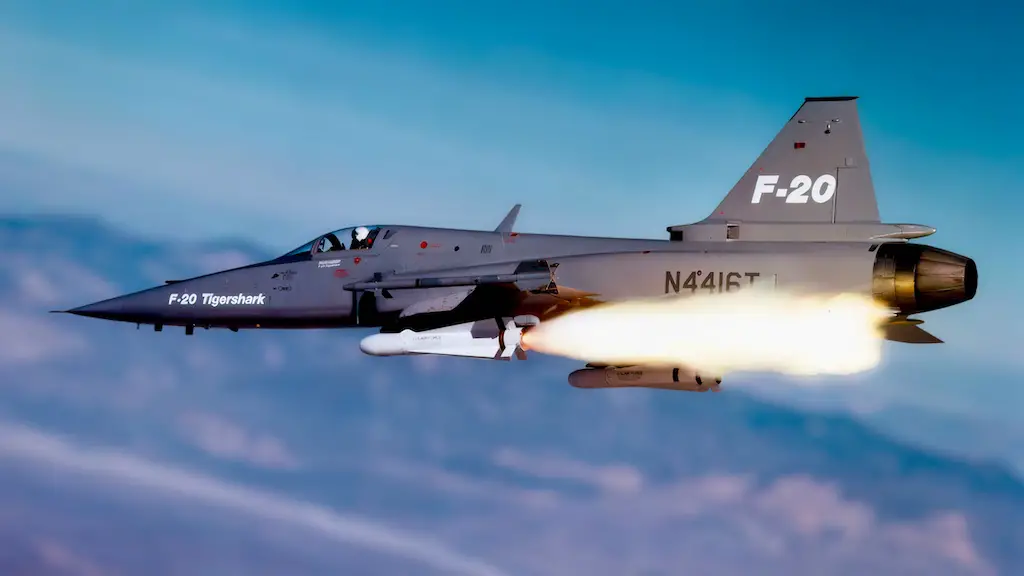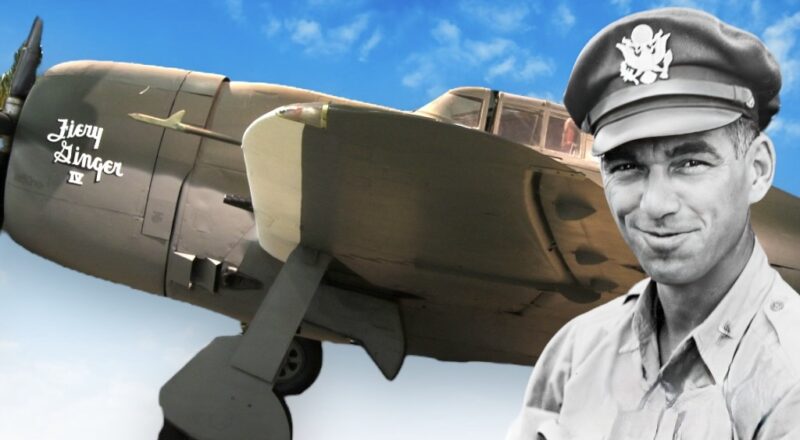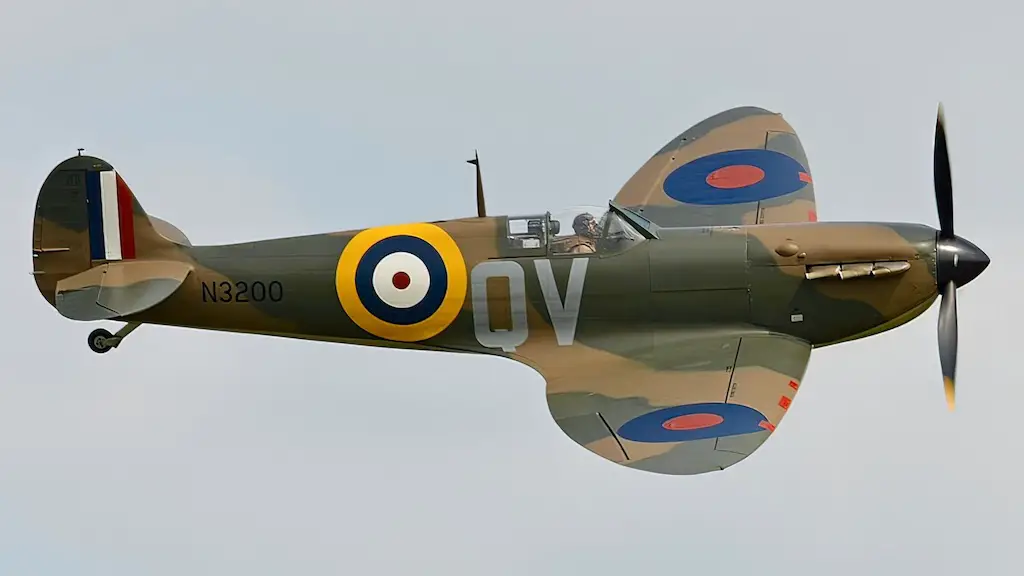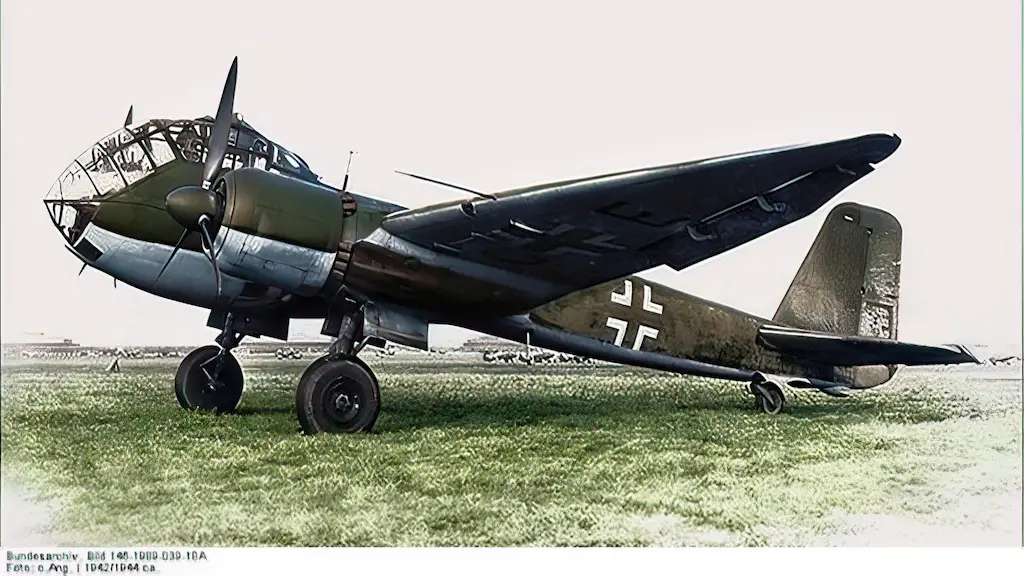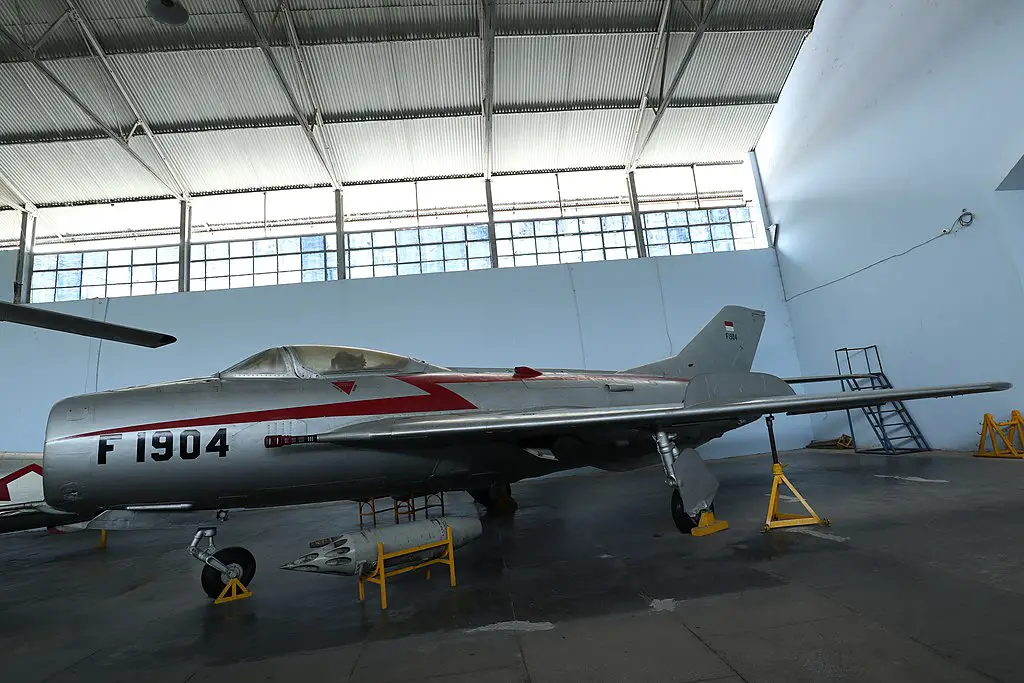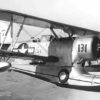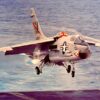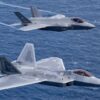Throughout the first couple of decades of the Cold War the United States and other NATO countries were actively experimenting with all sorts of vertical takeoff and landing (VTOL), short takeoff and landing (STOL), and rocket-assisted zero-length-launch (ZEL) combat aircraft. The Soviet Union did its share of such research and experimenting, too. In one of the first such programs in the USSR the Mikoyan-Gurevich design bureau modified its newest fighter, the MiG 29 (NATO reporting name Farmer), for rocket-boosted launch from a trailer. This experimental plane was designated as MiG-19 SM-30.
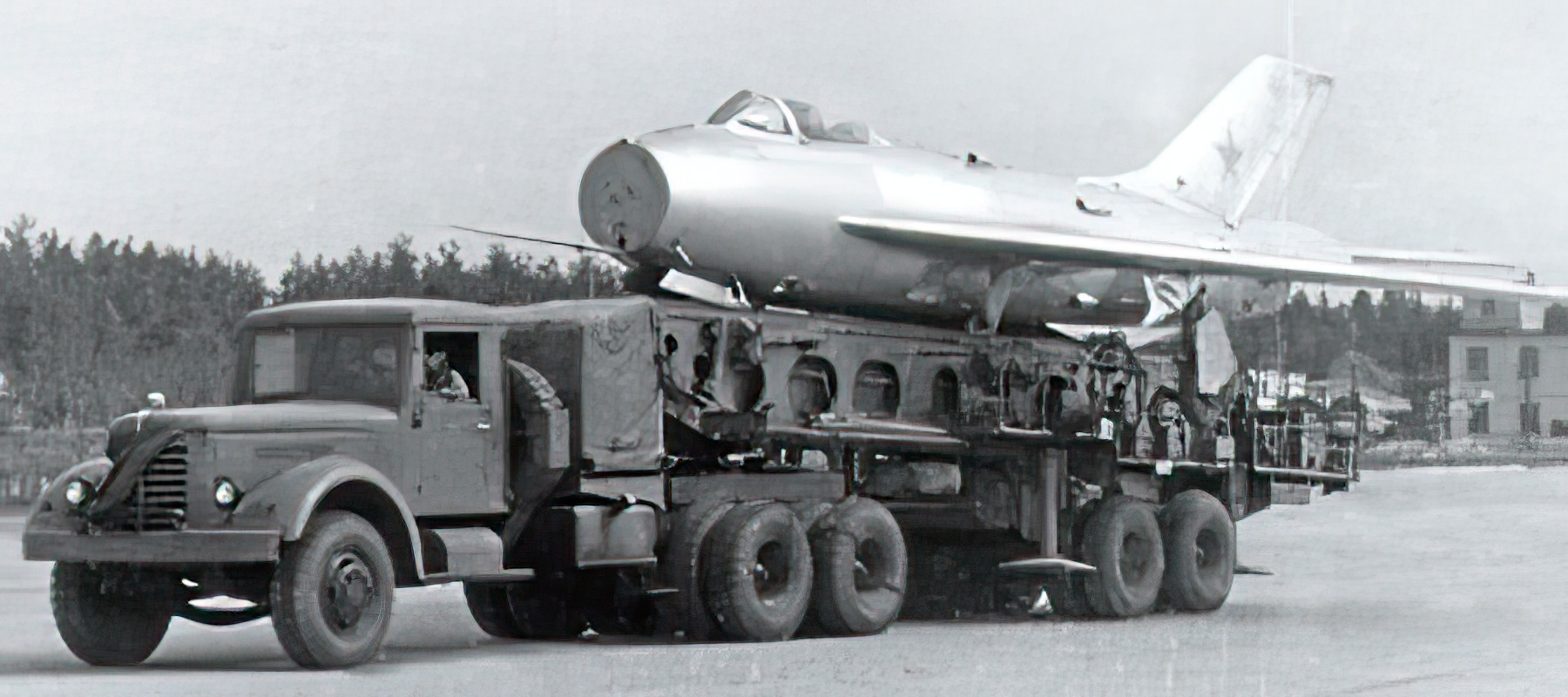
Different issues, same solution
While the NATO countries were driven primarily by fear of losing major air bases to airstrikes in the very first hours of a major conflict, the USSR’s motivation for exploring zero-length-launch options was different. The Soviet Union had very few airbases in the Far East and the Far North. Meanwhile, those regions were quickly gaining importance in the Cold War, with US spy planes operating from bases in Alaska and Japan seen as a grave security threat. Developing a network of high-quality paved airfields would require millions of man-hours and millions of tons of concrete. So, introducing rocket-launched point defense interceptors seemed like an attractive proposition.
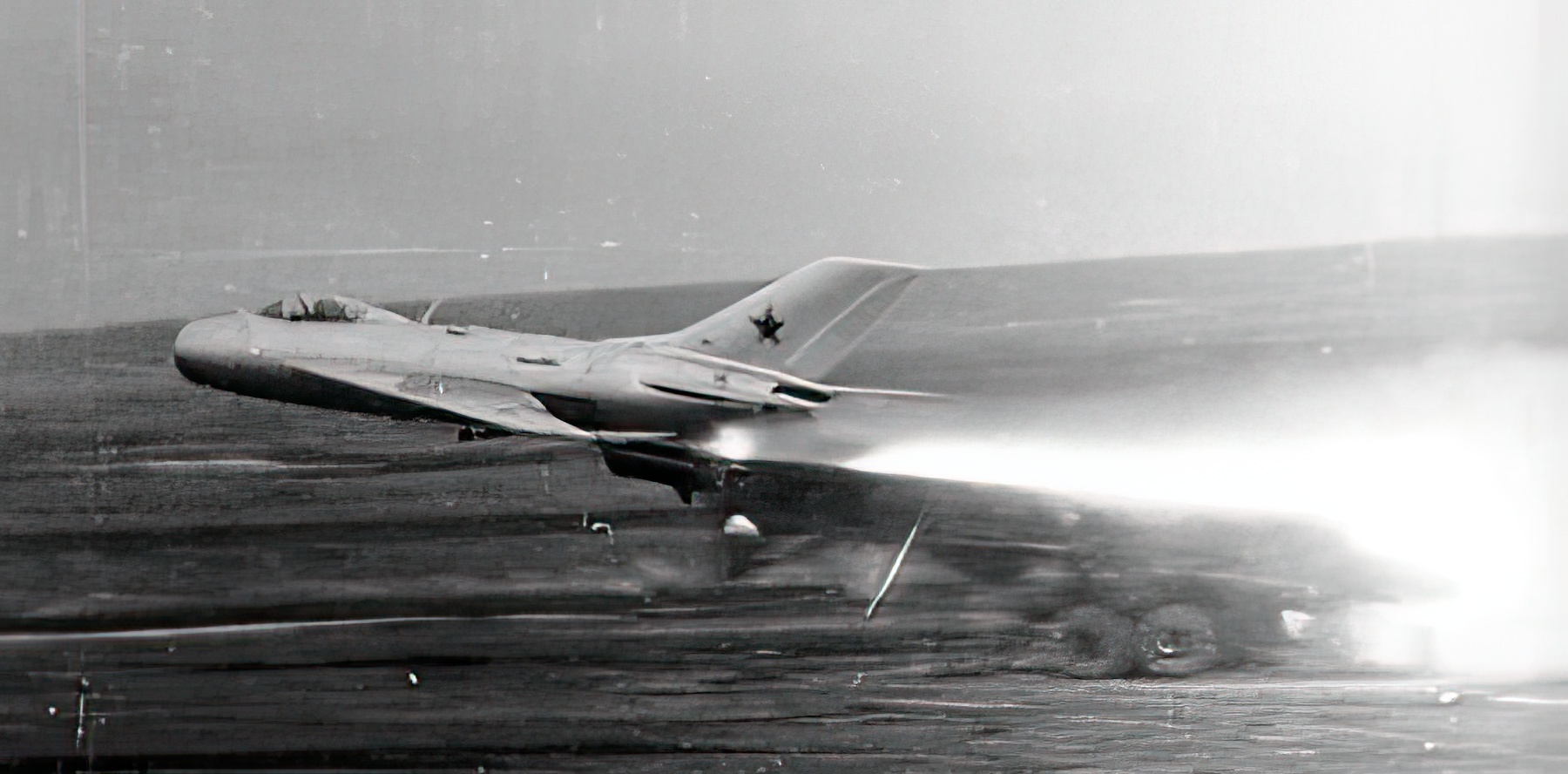
A sturdy Farmer
The rocket-assisted takeoff was provided by a PRD-22 solid fuel booster generating some 130,000 lb of thrust. It’s job was to get the aircraft into the air in as little as 2.5 seconds. To make sure that the MiG-19 would tolerate the huge stress of such a takeoff, Mikoyan-Gurevich engineers additionally reinforced the airframe. Other modifications included a pair of fins by the sides of the rocket booster instead of the standard MiG-19’s single ventral fin, devices preventing takeoff with extended landing gear and a special headrest for protecting the pilot from whiplash.
An (almost) trouble-free test program
The MiG-19 SM-30’s first unpiloted test launch took place in the fall of 1956. The launch went smoothly, at least as far as the aircraft’s flight was concerned. The trailer, however, was wrecked. So, for the following launches it was equipped with a blast shield.
In the meantime, test pilot Georgy Shiyanov was undergoing a training course using a special launch simulator catapult. On one occasion during that course, he even survived without any serious consequences an acceleration force of over 15 gees, to which he was subjected due to an error made by the technician arming the catapult.
The first piloted test launch followed in April 1957. It went quite smoothly as well. With acceleration forces three times smaller than the maximum experienced by Shiyanov, he felt alright. Later he was joined by other test pilots, who also took one or several rides. They tried various launching configurations, including with drop tanks and payload, such as unguided rockets in underwing pods. All in all, some two dozen launches were conducted under the test program without any significant failures.
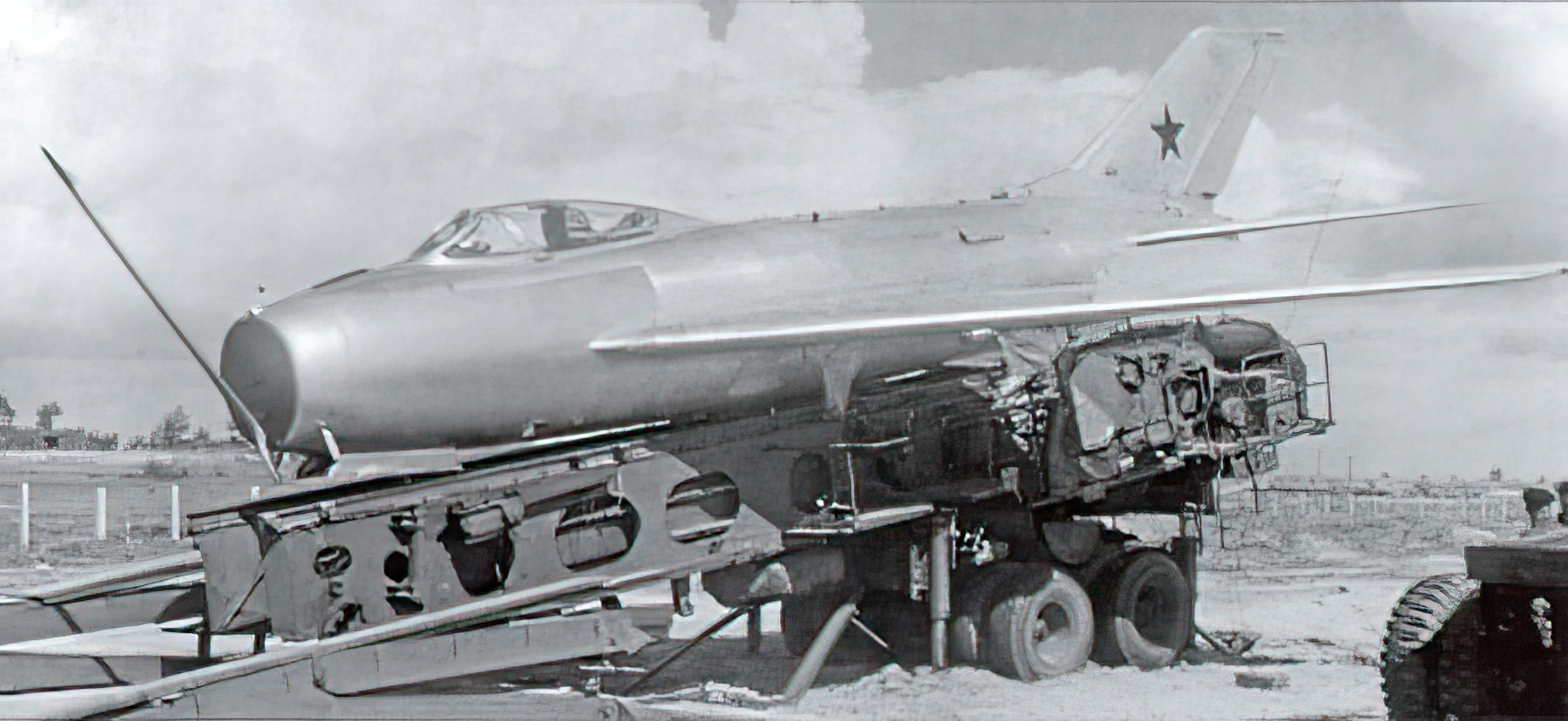
Different goals, similar problems
While the underlying reasons for and objectives of the Western and the Soviet zero-length programs were different, the key challenges that they faced were more or less similar. The most important of them was that the rocket-launched fighters still needed a runway to land. They could, of course, be used as expendable assets, too, but that was a little bit too expensive. Besides, transporting bulky launching platforms across vast spaces of Siberian countryside, often via unpaved roads, wasn’t exactly the easiest task. Not to mention the challenges provided to them by tunnels and bridges.
Given all that and the successes in surface-to-air missile development, the Soviet military leaders, just like their Western counterparts, eventually pulled the plug on the zero-length-launch program. The USSR would, however, still invest a considerable amount of resources into carrier-based jump jets. But that’s another story.

